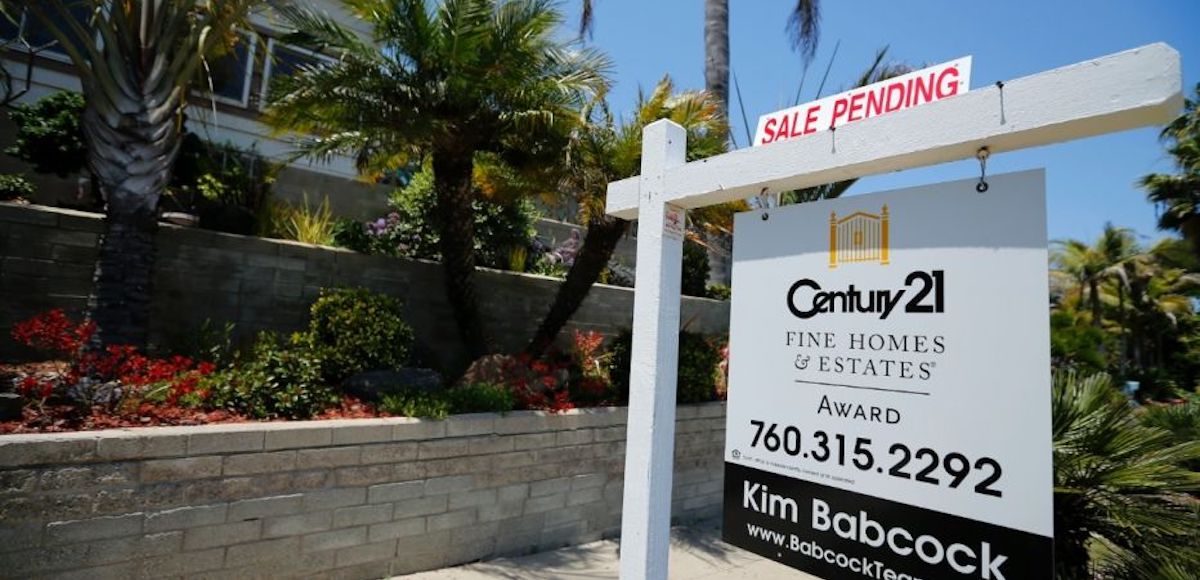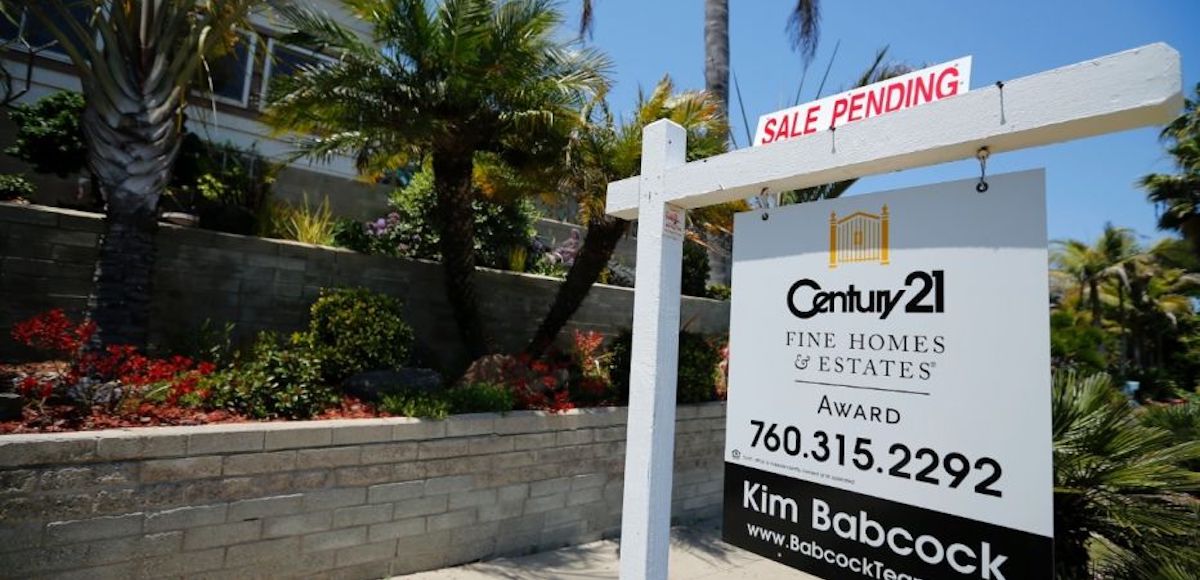

A single family home is shown with a sale pending in Encinitas, California May 22, 2013. (Photo: Reuters)
The Pending Home Sales Index (PHSI) rebounded strongly in October, rising 3.5% to 109.3 and tripling the 1.0% median economic forecast. The better than expected results out of the National Association of Realtors (NAR) come after three straight months of declines.
All major regions except for the West saw an increase in contract signings last month and were led by a 7.4% rise in the South. The index is now at its highest reading since June (110.0), but is still 0.6% below a year ago.
“Last month’s solid increase in contract signings were still not enough to keep activity from declining on an annual basis for the sixth time in seven months,” Lawrence Yun, NAR chief economist said. “Home shoppers had better luck finding a home to buy in October, but slim pickings and consistently fast price gains continue to frustrate and prevent too many would-be buyers from reaching the market.”
The PHSI in the Northeast ticked up 0.5% to 95.0 in October, but remains 1.9% below a year ago. In the Midwest, pending home sales gained 2.8% to 105.8 in October, but remains 0.9% lower than October 2016. The South shot up to an index of 123.6 in October and are now 2.0% higher than last October. The index in the West fell 0.7% in October to 101.6 and is now 4.4% below a year ago.
About the Pending Home Sales Index (PHSI)
*The Pending Home Sales Index is a leading indicator for the housing sector, based on pending sales of existing homes. A sale is listed as pending when the contract has been signed but the transaction has not closed, though the sale usually is finalized within one or two months of signing.
An index of 100 is equal to the average level of contract activity during 2001, which was the first year to be examined. By coincidence, the volume of existing-home sales in 2001 fell within the range of 5.0 to 5.5 million, which is considered normal for the current U.S. population.
The index is based on a large national sample, typically representing about 20 percent of transactions for existing-home sales. In developing the model for the index, it was demonstrated that the level of monthly sales-contract activity parallels the level of closed existing-home sales in the following two months.






